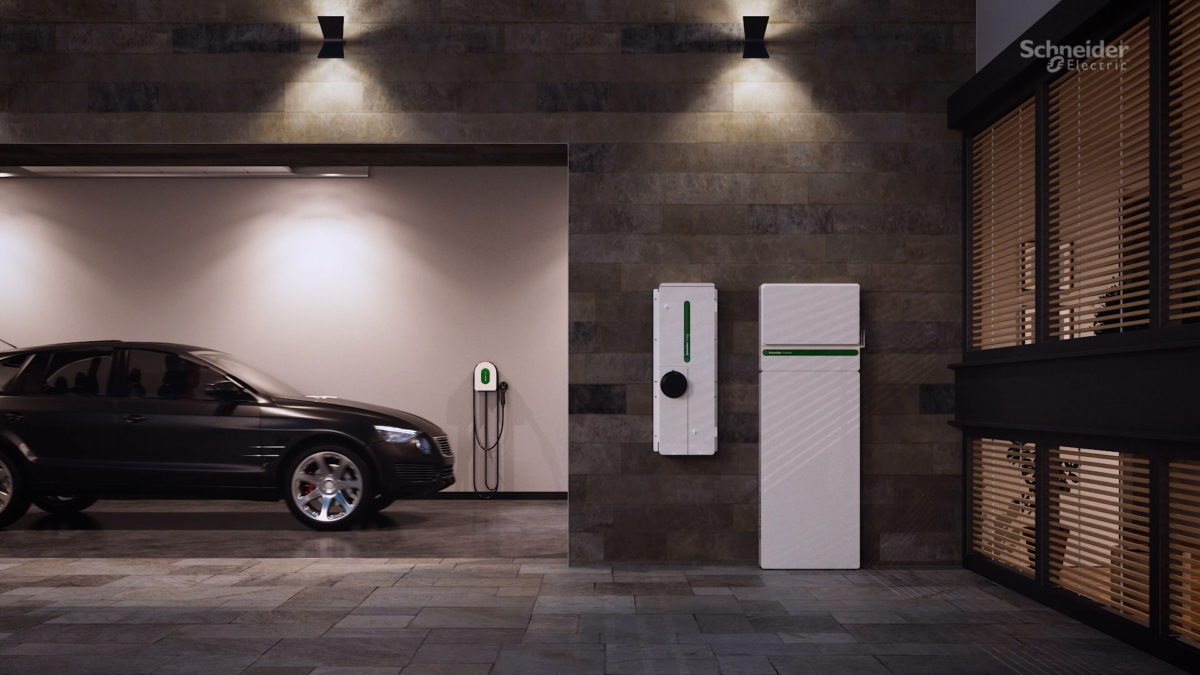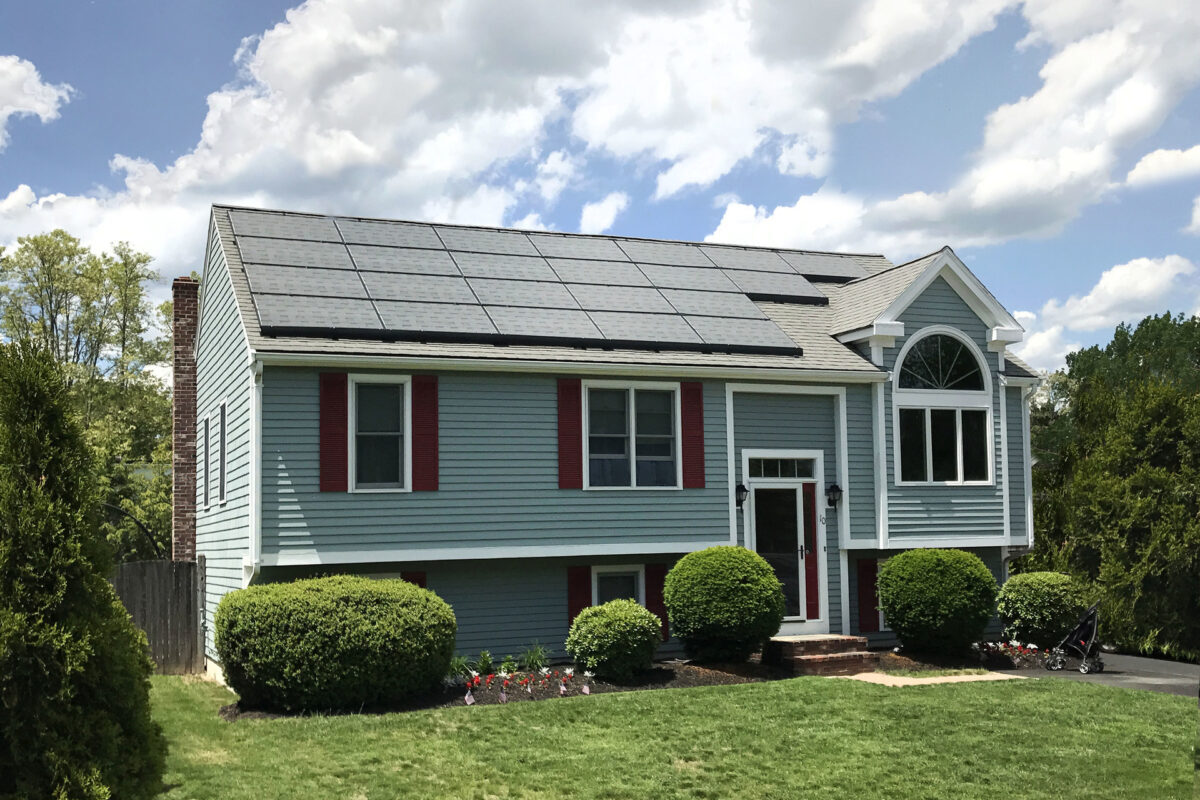Senator William Soules of New Mexico has submitted SB 77 for consideration with the state’s legislature. The proposed law, which is currently only a few sentences, proposes that in July of 2023, all newly built homes must be constructed with a solar power system and a plug for electric vehicles.
The law states that for each square foot of heated area, a new home must have at least one watt of solar photovoltaics. Specifications for the electric vehicle charging receptacle were not provided.
For homes of 1,900 square feet to 3,000 square feet, the law would require a solar power system of at least 1.9 kWdc to 3.0 kWdc. If we assume that a solar installation costs $3 per watt at the time of construction, the law would add between $5,700 and $9,000 to the price of a new home. However, the effective price of such a system would actually be $3,450 to $5,000, after applying New Mexico’s 10% income tax credit and the 30% federal tax credit.
The price of electricity in New Mexico is generally lower than most of the country, but the amount of sunlight is above average. As a result, the payback period in the state is likely to fall in the seven to nine year range. New Mexico also has a strong net metering program.
Because no specifications were provided for the electric vehicle charger plug, we are not able to estimate the cost. However, it could be argued that the vehicle charger requirement does not add to construction costs, because an electric car can be plugged into any socket. If the law requires a 240-volt plug to be installed at time of new construction, the cost could be as low as a few hundred dollars, which would be for labor, copper, and a circuit breaker. Homes that already planned to install 240-volt plugs in their garage would see no additional expense.
The Senator has also submitted SB 60, which requires that new public schools built after July 1, 2023 – that also receive state grant assistance – must include a solar system that meets the school’s energy needs.
California law already requires that all new construction – residential and commercial – contain a minimum amount of solar power based on structural characteristics.
This content is protected by copyright and may not be reused. If you want to cooperate with us and would like to reuse some of our content, please contact: editors@pv-magazine.com.








Good for Senator William Soules. Next: Solar canopies with integrated stationary storage batteries & V2G chargers on all parking lots with 80 or more spaces, like France is doing & State Senator Josh Becker has proposed in California.
https://sd13.senate.ca.gov/news/press-release/december-6-2022/turning-parking-lots-clean-energy-power-plants